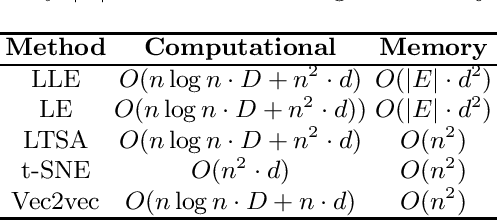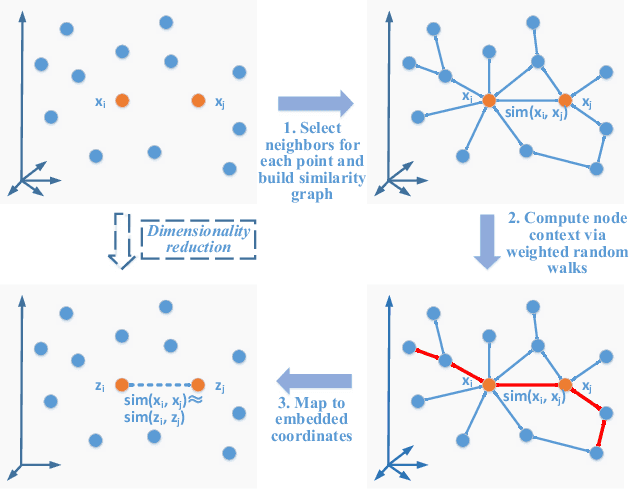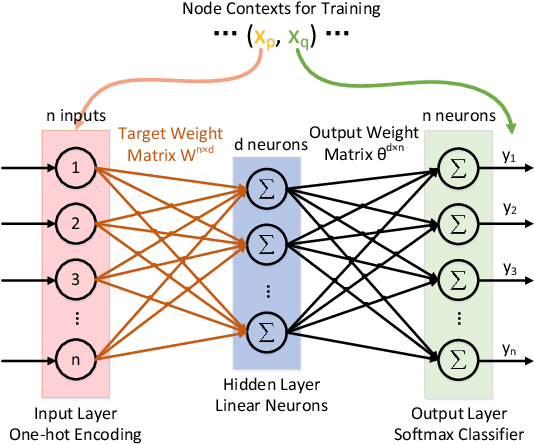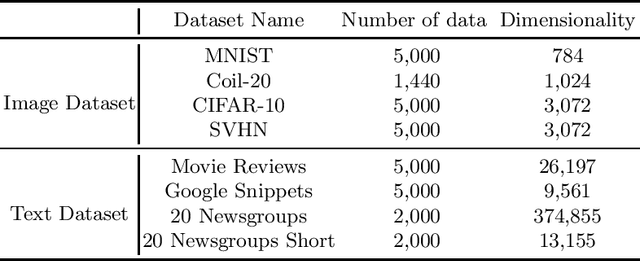Zichen Xu
Wavelet Transform-assisted Adaptive Generative Modeling for Colorization
Jul 09, 2021



Abstract:Unsupervised deep learning has recently demonstrated the promise to produce high-quality samples. While it has tremendous potential to promote the image colorization task, the performance is limited owing to the manifold hypothesis in machine learning. This study presents a novel scheme that exploiting the score-based generative model in wavelet domain to address the issue. By taking advantage of the multi-scale and multi-channel representation via wavelet transform, the proposed model learns the priors from stacked wavelet coefficient components, thus learns the image characteristics under coarse and detail frequency spectrums jointly and effectively. Moreover, such a highly flexible generative model without adversarial optimization can execute colorization tasks better under dual consistency terms in wavelet domain, namely data-consistency and structure-consistency. Specifically, in the training phase, a set of multi-channel tensors consisting of wavelet coefficients are used as the input to train the network by denoising score matching. In the test phase, samples are iteratively generated via annealed Langevin dynamics with data and structure consistencies. Experiments demonstrated remarkable improvements of the proposed model on colorization quality, particularly on colorization robustness and diversity.
A Local Similarity-Preserving Framework for Nonlinear Dimensionality Reduction with Neural Networks
Mar 10, 2021



Abstract:Real-world data usually have high dimensionality and it is important to mitigate the curse of dimensionality. High-dimensional data are usually in a coherent structure and make the data in relatively small true degrees of freedom. There are global and local dimensionality reduction methods to alleviate the problem. Most of existing methods for local dimensionality reduction obtain an embedding with the eigenvalue or singular value decomposition, where the computational complexities are very high for a large amount of data. Here we propose a novel local nonlinear approach named Vec2vec for general purpose dimensionality reduction, which generalizes recent advancements in embedding representation learning of words to dimensionality reduction of matrices. It obtains the nonlinear embedding using a neural network with only one hidden layer to reduce the computational complexity. To train the neural network, we build the neighborhood similarity graph of a matrix and define the context of data points by exploiting the random walk properties. Experiments demenstrate that Vec2vec is more efficient than several state-of-the-art local dimensionality reduction methods in a large number of high-dimensional data. Extensive experiments of data classification and clustering on eight real datasets show that Vec2vec is better than several classical dimensionality reduction methods in the statistical hypothesis test, and it is competitive with recently developed state-of-the-art UMAP.
DEAL: Decremental Energy-Aware Learning in a Federated System
Feb 05, 2021



Abstract:Federated learning struggles with their heavy energy footprint on battery-powered devices. The learning process keeps all devices awake while draining expensive battery power to train a shared model collaboratively, yet it may still leak sensitive personal information. Traditional energy management techniques in system kernel mode can force the training device entering low power states, but it may violate the SLO of the collaborative learning. To address the conflict between learning SLO and energy efficiency, we propose DEAL, an energy efficient learning system that saves energy and preserves privacy with a decremental learning design. DEAL reduces the energy footprint from two layers: 1) an optimization layer that selects a subset of workers with sufficient capacity and maximum rewards. 2) a specified decremental learning algorithm that actively provides a decremental and incremental update functions, which allows kernel to correctly tune the local DVFS. We prototyped DEAL in containerized services with modern smartphone profiles and evaluated it with several learning benchmarks with realistic traces. We observed that DEAL achieves 75.6%-82.4% less energy footprint in different datasets, compared to the traditional methods. All learning processes are faster than state-of-the-practice FL frameworks up to 2-4X in model convergence.
 Add to Chrome
Add to Chrome Add to Firefox
Add to Firefox Add to Edge
Add to Edge